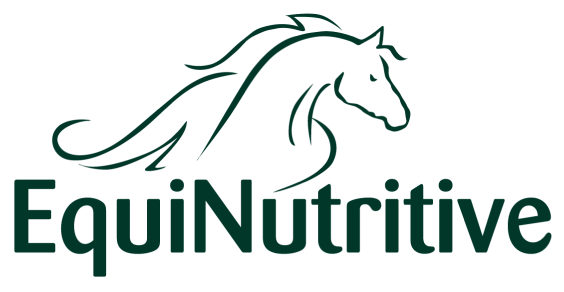Filled legs are a problem for many horse owners, and in many cases, one they have to deal with on an ongoing basis or periodically throughout their horse owning lives.
What are filled legs
The problem can be a result of a clinical, diagnosable issue, such as lymphangitis, normally presenting as a short term, acute issue. Alternatively, it may be a less serious, but chronic problem of non-clinical leg fill. Horse’s legs can become prone to filling with fluid if they stand in stables for long periods, meaning they don’t have the ability to move around a lot throughout the day; or it can be something that occurs after a horse has suffered an injury.
Managing filled legs
Managing filled and puffy legs effectively is important to ensure the ongoing well-being of your horse. When legs are consistently or repeatedly filled, the delicate but important lymph and blood vessels int he leg are stretched and compromised. Eventually, they become damaged and their optimal functioning is compromised, meaning reduced circulation which leaves your horse feeling uncomfortable and in many cases very stiff. At this point, their freedom of movement may be restricted and the likelihood of the leg returning to its normal size is low as the integrity of the vessels is reduced.
Clinical Solutions
In cases of clinical issues, a vet must attend to address the problem and provide the necessary interventions. This may include the prescription of antibiotics and various other management approaches. There are also nutritional supports that can and should be provided to a horse that is experiencing such a problem. In cases such as lymphangitis or a current injury, it is important to provide additional support for the immune system, so that infection can be fought and recovery can be aided. Furthermore, support for any joint structures involved should be considered and a joint supplement provided in order to maintain joints that may be compromised or stiff as a result of the problem and a consequent lack of mobility. Beyond that, circulation is also often poor in the presence of clinical leg issues as swelling puts pressure on and expands the veins and blood vessels in the leg. A supplement to boost circulation can help to get blood and lymph fluid moving more freely through the leg.
In cases of non-clinical leg fill, which is so often a chronic or recurring issue, a similar approach should be taken to support the circulation and lymphatic system. Swelling in the legs can distort and stretch the lymph vessels and blood vessels, weakening them and making it harder for lymph fluid and blood to circulate effectively. For this reason, it’s important to address chronically filled legs and aim to get the puffiness resolved as much as possible. Doing so will ensure the health of the vessels involved and ensure that they are able to function optimally.
Natural Solutions
One of the most effective herbal combinations to address puffiness and leg fill is marigold and clivers. This pairing of herbs does an excellent job of clearing puffiness in the legs. Our product ‘Fill Be Gone’ includes marigold and clivers for this reason, but goes beyond that to provide additional support to the lymphatic and circulatory systems, as well as to maintain healthy gut function, so that the overall well-being of the horse is also cared for.
In cases of horses that have had lymphangitis, attacks or recurrences can occur and cause extensive problems for both you and your horse. For that reason, we have a specific product to help - Lymph Relief. Lymph Relief supports the lymphatic system and the immune system in between attacks, so that they are less likely to occur and when they do, your horse will be in better condition to recover from the flare up.

Leg health is critically important to the well-being of your horse, but also for their performance. If their legs are compromised, filled or sustain an injury or infection, it could cause permanent damage or at the least put your horse out of work for quite some time. The goal is to minimise these incidences and ensure that the modern way of managing horses has the least amount of negative impact possible on our horses. Providing natural, herbal support to maintain leg health and mobility is a time and cost effective way of helping the legs to feel and work at their best.

